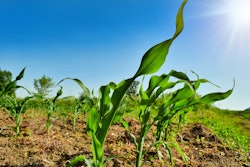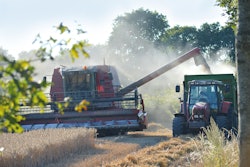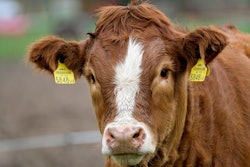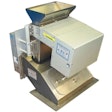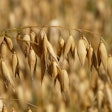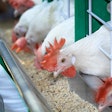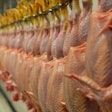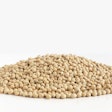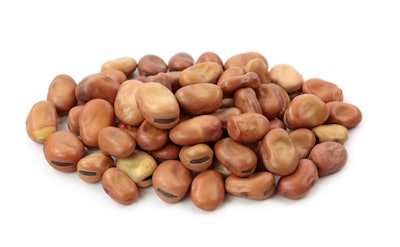
A new four-year research consortium in the U.K. believes a natural solution — grain legumes such asfava beansand other pulses — could hold the key to economic and environmental sustainability in animal feed in the U.K.
The GBP5.9 million (US$7.5 million), 200-plus-member project, called theNitrogen Efficient Plants for Climate Smart Arable Cropping Systems, or NCS project, aims to reduce carbon emissions from U.K. agriculture by 1.5 million metric tons per year by providing producers with improved data and best practices for optimizing domestic pulse production, processing and formulation.
Like much of Europe, U.K. livestock producers are heavily dependent on imported soy for the protein content of their feed rations, according to Pete Iannetta, a research leader withThe James Hutton Institute, one of 17 research institutions participating in the project. Reliance on imports may make economic sense when trade is going well, Iannetta said, but it makes less sense when global trade is disrupted, such as when there is a war in Ukraine. Plus home-grown production of pulses could reduce the U.K.'s dependence on imports of grains from areas at risk of deforestation, reduce carbon emissions from shipping and bring other benefits to U.K. food systems, Iannetta said.
In 2016, a paper published by The James Hutton Institute determined that crop rotations comprised about 50% legumes — including forage legumes such as clover — maximized crop production while minimizing the use of synthetic nitrogen. The institute has also led projects investigating the potential for integrating legumes into other major business sectors in the U.K., such as distilling and brewing.
But the 2016 project was based on crop rotation data averages, Iannetta said and, in real life, averages don't typically apply to specific farms. So for this project, researchers want to collect more detailed information on the potential benefits of pulses across different farm types, and how the benefits could play out in regions with different land use capabilities. For the next four years, the research partners will collaborate with more than 200 U.K. farmers to run experiments to establish best practices for growing legumes while collecting data on carbon emissions and other environmental impacts.
The NCS Project will also develop and refine tools to be used by farmers, including a more comprehensive life cycle assessment of the carbon savings and other ecosystem benefits of pulse-based crop rotations, Iannetta said. Other tools will include a farm carbon toolkit and general overview for a backcasting approach of livestock intensification (GOBLIN) land use modeling software to help producers understand potential carbon savings at the farm and regional levels. Later stages of the project will add insights from feed processing and formulation trials to these tools and will inform how legumes can be integrated into animal feed.
While it is unlikely that the group will find a single strategy it can recommend to all farmers, Iannetta said he hopes the initiative will help equip farmers and livestock producers to make decisions about the environmental and commercial impacts of their own operations.
“To me, it's really important that we develop the frameworks for farmers, other land use managers and policymakers to monitor operations across scales from field to farm and regionally,” Iannetta said. “Let's get aware of what we are doing and develop the tools to keep ourselves better aware and equipped to respond to the challenges humanity faces in a more informed and transparent fashion.”






